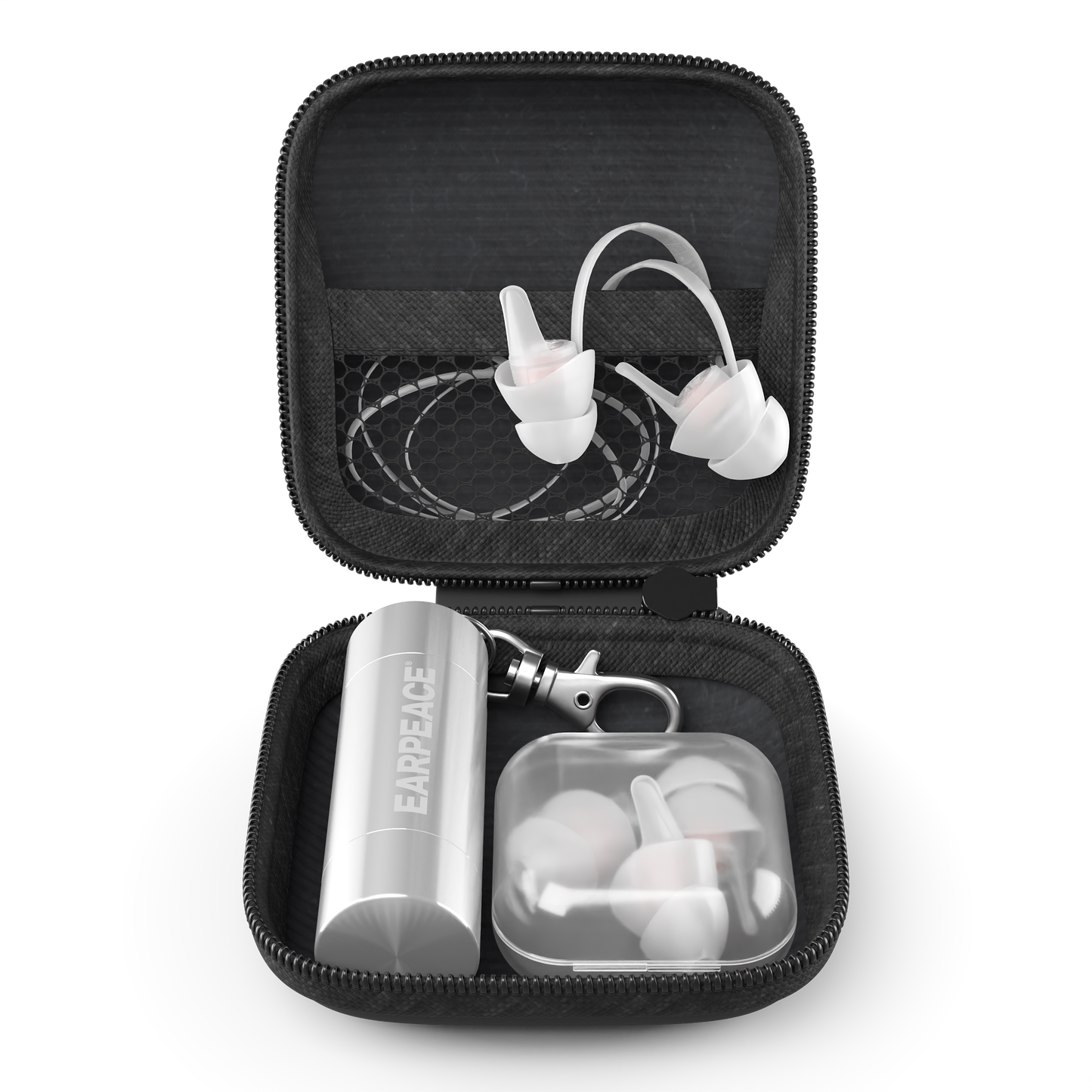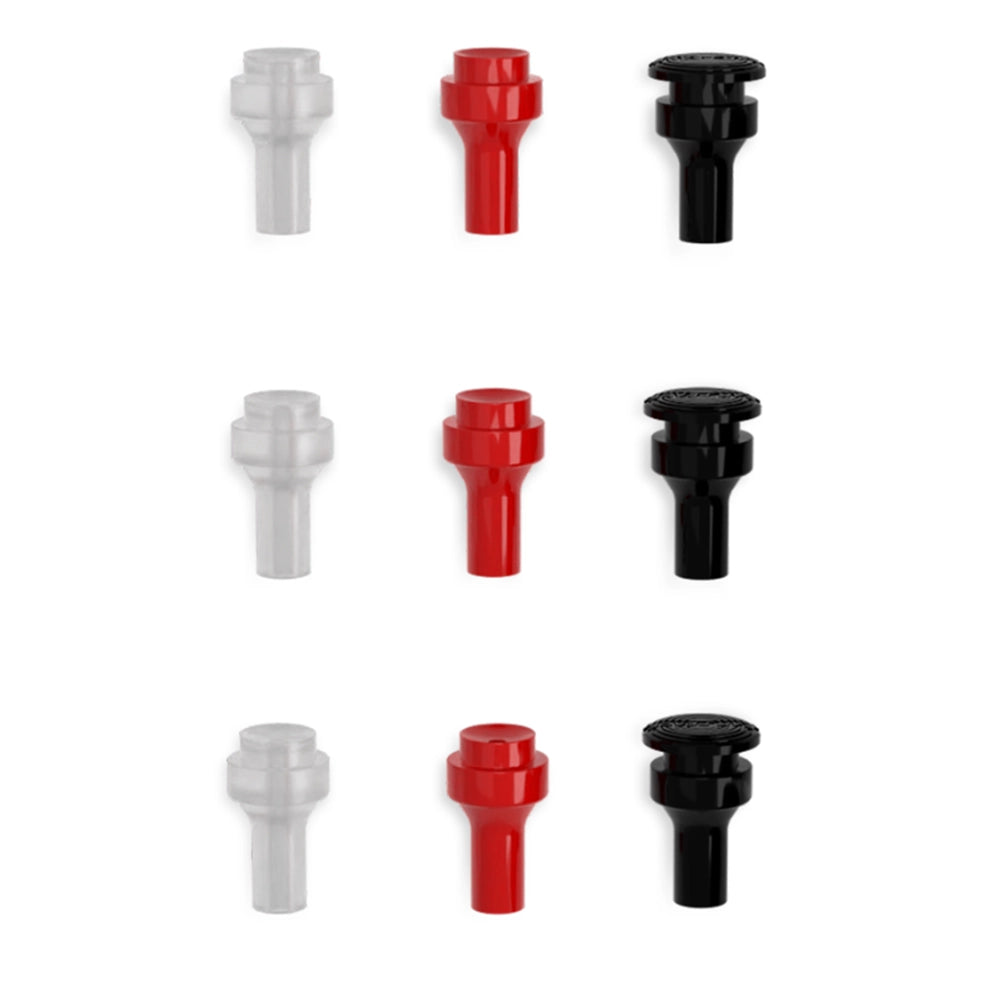
By Hailey Arnold
As a new rider it’s often hard to separate wisdom from wives tales. There’s a lot of misinformation circulating in the motorcycle community, especially about picking out the best motorcycle for beginners. Especially if you are a woman on a motorcycle. Just remember-- most people have good intentions but they may not always know what’s right for you or your bike. The best advice I can give to a new rider is to take advice with a grain of salt.
My favorite example of well-intentioned bad advice is a blanket statement about the best beginner bike. The truth is, there is no end-all-be-all “best beginner bike.” Choosing your first motorcycle is a subjective and personal endeavor. There are dozens, if not hundreds of great potential first bikes, and new models coming out every year.
Now, if you’re anything like I was as a new rider, limitless options may seem discouragingly daunting. Fear not! You’re about to learn how to filter through those options to find the perfect first bike, for you, based on your needs and priorities.
The most important factor is YOU
Every rider is unique. We come in all shapes and sizes, and we all have different goals. You’ll want to start your moto journey by considering who you are and what you’re looking for in a motorcycle. Ask yourself the following questions:
- Why do I want to ride?
- What are my goals in riding motorcycles?
- Which bikes look the coolest to me?
- Am I a slow learner or do I progress quickly?
- How tall am I?
- How much do I weigh?
- What kind of budget am I working with?
Identify your top priorities, listen to your gut, and experiment!
What makes a motorcycle ideal for beginners?
Most of the bikes that are considered ideal for newbies share a few key features; small engine displacement, light weight, low seat height, type of bike and budget. These features are generally a good place to start, but you don’t have to feel limited to bikes that meet these criteria.

Team EARPEACE member, Lemon, on her first road bike--a 1985 Honda Magna
Small Engine Displacement
Displacement size just refers to the volume or capacity of the cylinders in an engine. The number of cylinders a bike’s engine has also makes a big difference in how the bike feels. For example, an inline-four cylinder GSX-R 600 sport bike will feel a lot faster than a parallel twin cylinder SV-650, despite the fact that the GSX-R has a smaller displacement. For the sake of brevity, I won’t dive too deeply into the nerdy stuff, but I highly recommend reading all about motorcycle engines and how they work. A bike with relatively tame, manageable power will be easier to master. You will inevitably make some mistakes when you’re learning, and small bikes are typically more forgiving.
On the flip side, people will tell you that you will outgrow a small bike too quickly and you should start with something mid-sized. That may be especially true for people who are quick-learners and adrenaline junkies. Mid-sized bikes can handle highway-speeds with more ease and may come with better suspension or brakes. Keep in mind that you probably won’t keep your first bike forever, and its purpose is ultimately to be a stepping stone. Outgrowing your first bike is the whole point!
If you’re intimidated by motorcycles or you just want to pace yourself, start with something small, like a bike with an engine displacement of 250cc-400cc. If you can’t wait to start tearing up the streets or you’re a heavier person, you may consider something a little bigger, like a 500cc-650cc bike. But remember! Size can be deceiving!
The most common engines in street bikes are singles, parallel twins, V-twins, triples, V4’s, and inline-4’s. Each of these motors has a different engine characteristic and feel, and it’s super fun to experiment to see which one you like the best. Most riders agree that a parallel twin engine type is the most “beginner friendly.” Parallel twins have a linear power band, meaning as you twist the throttle and RPM’s rise, your speed will gradually and predictably increase. Single-cylinder bikes are similarly predictable and easy to ride.
Small to mid-sized, twin and single cylinder bikes dominate the entry-level category. Examples include the Kawasaki Ninja 250, Yamaha R3, Honda CB300R, Honda Rebel 300, BMW G310R, KTM Duke 390, Ninja 400, Royal Enfield Himalayan (400cc single), Husqvarna Vitpilen 401, Suzuki SV-650, Ducati Scrambler (803cc L-twin),Triumph Street Twin (900cc parallel twin), and many more. You really can’t go wrong with any of these options, as far as power is concerned.
Seat Height and Weight
For many new riders, a bike’s height and weight can be a limiting factor. This is perceived as an especially common challenge for female riders. Although most new riders feel much more comfortable handling a bike if they can get both feet flat on the ground, being able to “flat-foot” isn’t technically necessary. When you become comfortable balancing a bike, you can tip-toe or slide off to one side of the seat to place one foot on the ground. Before you start Googling “shortest seat height motorcycles,” know that seat height specs are another thing you shouldn’t take at face value. The width of a bike’s tank and seat also affect how tall a bike feels. Narrow bikes are easier to straddle, which is another reason why slim single and two-cylinder engines make for popular beginner bikes.
In my experience, the center of gravity or balance point of a bike contributes the most to how manageable the bike’s weight feels. Cruisers are popular with shorter people and new riders because they typically have a low seat height and low center of gravity. Sport bikes and adventure bikes often have a higher center of gravity and can feel top-heavy. Standard bikes and “naked” sport bikes strike a nice balance.
The best way to determine whether a bike is too tall, heavy, or just right, is to go sit on as many bikes as possible. Visit a showroom, sit on a few bikes, gently lean them from one side to the other, and discover which bikes feel the most comfortable to handle.
Types of Bikes and Riding Styles
Motorcycles are machines designed with specific utilities in mind. Each class of motorcycle has its strengths and weaknesses, excelling at some tasks while struggling with others. Ask yourself; where do you dream of going on your motorcycle? If you admire Moto GP racers and you wanna go fast, you may lean in the direction of a sportbike like a Yamaha R3 or Ninja 400. Perhaps you dream of a road trip through South America and you like to explore off the beaten path? You’ll want an adventure bike such as a KLR 650 or Royal Enfield Himalayan as your travel companion. If you love the classic cafe aesthetic, chase your bliss and buy a gorgeous retro machine like a Triumph Bonneville. If you dream of choppers and leather chaps, a Honda Rebel or Harley Sportster makes a fantastic introduction to the cruiser class. My personal favorite, naked bikes, are incredibly versatile and fun. Nakeds are the ultimate Jack of All Trades street bikes which excel at anything from track days, twisty back-roads, to the daily commute.
It’s also okay if you’re not quite sure which category of rider you fall into. Learning to ride is all about experimentation and adventure. Your motorcycle can become an extension of your personality and a fantastic form of self-expression.

Photo by Harley-Davidson on Unsplash
Buying on a Budget
Look, don’t take this personally, but you will probably drop your first bike. It happens to everyone and it’s practically considered a rite of passage. To be honest, I think I dropped my first bike at least five times in the first few months of riding. Dropping your bike stings a little less when it happens to a bike that’s already endured its previous owner’s learning process. You can also buy, learn on, outgrow, and resell a used bike without losing too much money in depreciation. Even if you can afford a new bike, there are pros to buying used—dropped bikes just one of them. It’s relatively easy to find affordable used motorcycles in good condition.
Don’t forget to budget for gear-- you should plan to spend about $1,500 to get fully geared up head to toe. I cannot stress the importance of quality protective gear enough. Think of it this way: On average, a skin graft surgery costs $18k-$28k in the USA. Investing in $200 Kevlar jeans could very well protect you from road rash and avoid costly medical bills in the event of a crash. Spending money on protective gear as a preventative measure will save your skin and your wallet. For more safety tips check out Three Things You Should Never Ride Without.
Pro tip: If you are financing a motorcycle purchase (aka taking out a loan), you are usually able to add the cost of gear and bike accessories to financing.
Another cost factor to consider is insurance coverage. Larger displacement bikes and sport bikes typically cost more to insure. I’d recommend getting an insurance quote before you commit to purchasing a bike, to fully budget for cost of ownership.
Do you need ABS brakes?
Anti-lock Braking Systems are a proven safety feature which are designed to prevent loss of traction in heavy braking scenarios. In an emergency braking situation, riders are likely to panic and be a bit “ham-fisted” with their braking inputs, causing their brakes to lock up and their tires to skid. ABS brakes pulsate the braking pressure, preventing the brakes from locking up so your tires can maintain traction.
Old school riders sometimes argue that electronic aids such as ABS coddle new riders and prevent them from learning valuable skills. Learning to brake safely and effectively without an over-reliance on electronic aids is one of the most important skills to master as a rider.
In my opinion, the jury’s still out on this one. I have owned five different motorcycles, none of which have had ABS. My experience and skill in braking technique gives me the confidence to control any bike I swing a leg over, and I never find myself missing the ABS feature. Would ABS have saved me from a few sketchy moments? Oh, definitely! Extra safety precautions never hurt, so if ABS makes you feel safer, get a bike with ABS. If your bike doesn’t have ABS, don’t panic -- practice! Skill and technique can overcome any technological disadvantage. Practicing fundamentals builds muscle memory which will sharpen your instincts and make you a safer rider on any bike.
You’re ready to ride!
Now that we’ve covered all the bases, you’re equipped with the knowledge you need to choose an excellent first bike. The beauty of having this basic advice as a reference point is that you can choose to ignore all of it and pick whichever bike speaks to you the most. That’s right, take my advice with a grain of salt too. Learning a new skill is easier if you set yourself up for success, but I know plenty of people who threw caution to the wind and learned to ride on giant choppers or Italian superbikes despite warnings from seasoned bikers to start with something, anything else. And when you're looking for a place to ride, check out Six of the Best Motorcycle Rides in the United States. At the end of the day, you can ride whatever you set your mind to as long as you’re fueled by determination and perseverance. Only you can decide which motorcycle is right for you. When getting your motorcycle gear, don't forget to include motorcycle earplugs to protect against wind noise. Have fun, follow your heart, and ride safe!








My partner has been eager to travel and see new places, and I adore that, but his old bike isn’t cutting it anymore. He has his sights set on a Honda motorbike due to rumors that they are dependable, comfy for extended rides, and have a high market value if we wish to upgrade in the future. You mentioned that every type of motorbike has its advantages and disadvantages, doing well in certain areas while having trouble in others. Let me convey this to him so he understands that bikes are devices made with specialized purposes in mind. https://www.mattjonesmotorcycles.com.au/home